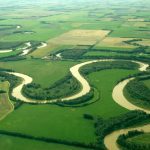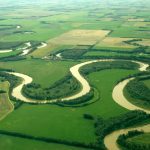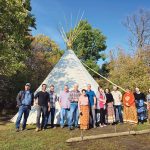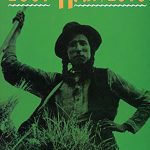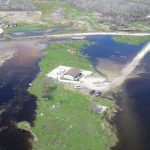A handful of specific agricultural benefit claims between the federal government and nine First Nations were settled on Friday.
Once fully settled, these claims—unmet promises in treaties 5, 6 and 10 territories throughout the Prairie provinces—will represent almost $1.4 billion in combined compensation to these First Nations.



